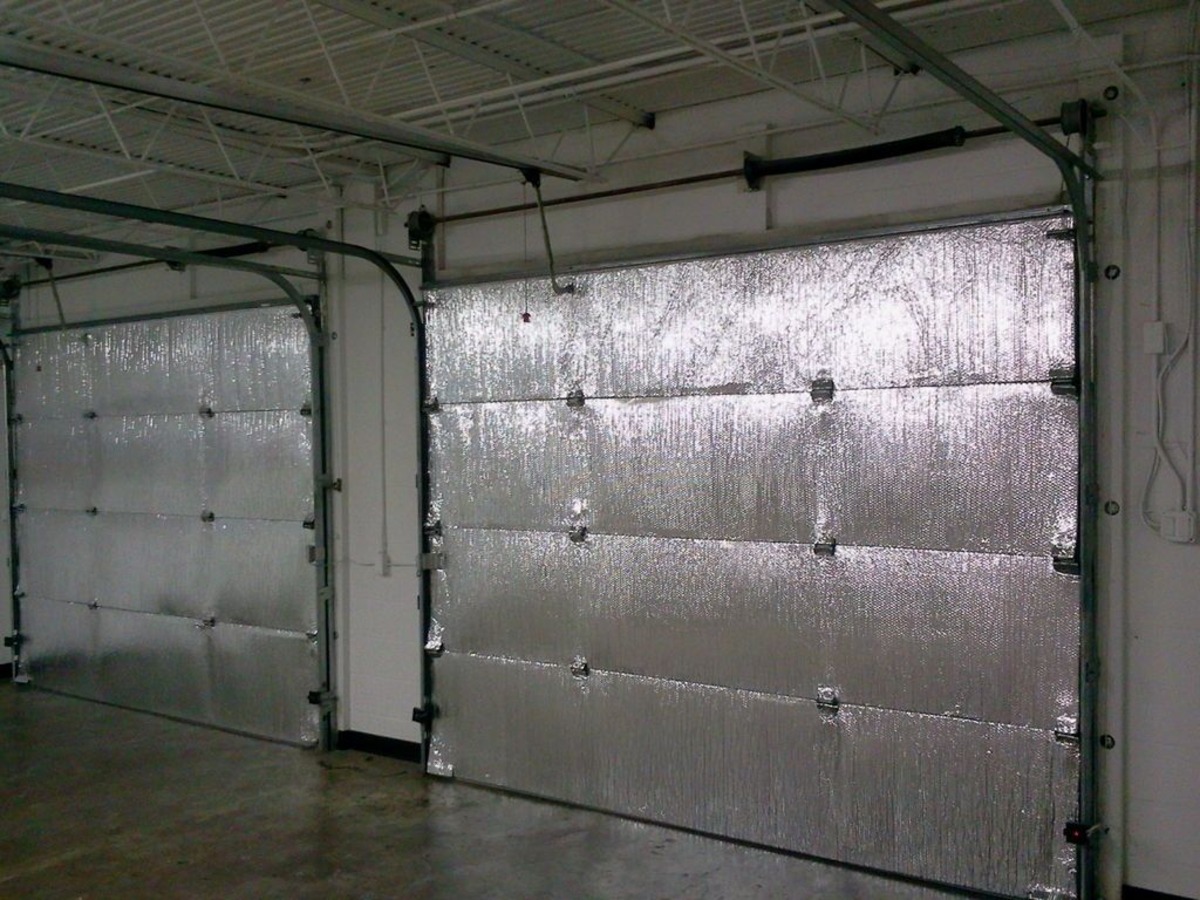

Articles
How To Soundproof A Garage Door
Modified: October 20, 2024
Learn effective techniques and strategies with our articles on how to soundproof a garage door. Create a quieter and more peaceful environment for your home.
(Many of the links in this article redirect to a specific reviewed product. Your purchase of these products through affiliate links helps to generate commission for Storables.com, at no extra cost. Learn more)
Introduction
Welcome to our comprehensive guide on how to soundproof a garage door. If you have a noisy garage door that causes disturbance to you or your neighbors, then this article is for you. Soundproofing your garage door can significantly reduce the noise levels, creating a quieter and more comfortable environment.
Garage doors are often one of the main sources of noise in a house. The metal construction and lack of insulation make them vulnerable to transmitting and amplifying sounds. Whether it’s the loud clanking of the door opening and closing or the external noise seeping in through the gaps, soundproofing your garage door can make a world of difference in reducing the noise pollution.
In this guide, we will take you through a step-by-step process on how to soundproof your garage door effectively. We will cover everything from assessing the noise problem to installing acoustic panels and insulation. By the end of this article, you will have all the knowledge and techniques required to make your garage door soundproof and enjoy a quieter living space.
Before we dive into the steps, it’s important to note that the degree of soundproofing you achieve will depend on the quality of materials used and the techniques implemented. While these methods may not completely eliminate all sounds, they will significantly reduce the noise levels, creating a more peaceful and enjoyable environment.
So, without further ado, let’s get started with the first step – assessing the noise problem.
Key Takeaways:
- Reduce garage door noise by weatherstripping, adding insulation, and sealing gaps. Create a quieter, more peaceful environment for yourself and your neighbors.
- Consider installing a soundproof garage door for a comprehensive noise reduction solution. Combine with other techniques for optimal soundproofing results.
Read more: How To Maintain Garage Door
Step 1: Assessing the Noise Problem
Before you begin soundproofing your garage door, it’s important to assess the noise problem and understand the sources of the noise. By identifying the main sources, you can determine which areas of the garage door need more attention during the soundproofing process.
Here are a few steps to help you assess the noise problem:
- Observe and listen: Spend some time in your garage while the door is opening and closing. Pay attention to the type and level of noise that is being produced. Is it a loud clanking noise or more of a high-pitched squeaking sound? This will give you an idea of what needs to be addressed.
- Check for gaps and cracks: Inspect your garage door for any visible gaps, cracks, or damaged weatherstripping. These openings allow noise to easily enter or escape from the garage.
- Observe external noise sources: Take note of any external noise sources, such as traffic, construction, or neighbors, that are contributing to the overall noise levels in your garage. This will help you determine if soundproofing is required for both outgoing and incoming noise.
Once you have assessed the noise problem and identified the main sources, you can move on to the next steps of soundproofing your garage door.
In the next step, we will discuss the importance of weatherstripping the garage door to minimize noise leakage.
Step 2: Weatherstripping the Garage Door
Weatherstripping is an essential part of soundproofing your garage door. It helps to seal any gaps and cracks, preventing noise from entering or escaping through those openings. By properly weatherstripping your garage door, you can significantly reduce the amount of noise transmission.
Here’s how you can weatherstrip your garage door:
- Clean the surface: Start by cleaning the surface of the garage door to ensure that the weatherstripping adheres properly. Remove any dirt, debris, or old weatherstripping.
- Measure the gaps: Carefully measure the gaps around the garage door to determine the length of weatherstripping you will need. It’s essential to get accurate measurements to ensure a proper fit.
- Select the weatherstripping material: There are various types of weatherstripping materials available, such as rubber, vinyl, or foam. Choose a material that is suitable for your garage door and provides good soundproofing properties.
- Cut the weatherstripping: Using the measurements you took earlier, cut the weatherstripping material to the appropriate length. Be sure to follow the manufacturer’s instructions for cutting and installing.
- Install the weatherstripping: Starting at one end of the garage door, carefully attach the weatherstripping along the edges and bottom. Press firmly to ensure a secure bond with the door surface.
- Test for gaps: After installing the weatherstripping, close the garage door and check for any remaining gaps or areas that may need additional weatherstripping. Use extra strips or patches to fill in these areas.
By properly weatherstripping your garage door, you will create a tight seal that helps reduce noise transmission. This step alone can make a noticeable difference in minimizing the noise levels in your garage.
In the next step, we will discuss installing acoustic panels to further enhance soundproofing.
Step 3: Installing Acoustic Panels
Installing acoustic panels is an effective way to enhance the soundproofing of your garage door. These panels are designed to absorb and dampen sound waves, reducing the level of noise that enters or escapes the garage.
Follow these steps to install acoustic panels on your garage door:
- Measure the panels: Measure the size of your garage door to determine the dimensions of the acoustic panels you will need. Consider the height, width, and thickness of the panels.
- Select the panels: Choose acoustic panels that are specifically designed for soundproofing. Look for panels with a high Noise Reduction Coefficient (NRC) rating for optimal performance.
- Mark the placement: Use a pencil or marker to mark the desired placement of the acoustic panels on your garage door. Consider covering as much surface area as possible for maximum soundproofing.
- Apply adhesive: Apply a strong adhesive, such as construction adhesive or panel adhesive, to the back of each panel. Follow the manufacturer’s instructions for proper application and drying time.
- Install the panels: Carefully press each panel onto the marked areas of the garage door, ensuring they are aligned correctly and firmly attached. Apply pressure to secure the panels in place.
- Allow for drying time: Give the adhesive enough time to dry and bond the panels to the garage door surface. This usually takes a few hours or as specified by the adhesive’s instructions.
Acoustic panels provide an additional layer of soundproofing by trapping and absorbing sound waves. They can help reduce echoing and reverberation within the garage, resulting in a quieter space.
Keep in mind that acoustic panels may affect the aesthetic appearance of your garage door. However, the enhanced soundproofing benefits are well worth the trade-off.
In the next step, we will discuss adding insulation to further improve the soundproofing capabilities of your garage door.
Consider using weatherstripping or a door sweep to seal any gaps around the edges of the garage door. This can help to reduce the amount of sound that can pass through the door.
Step 4: Adding Insulation to the Garage Door
Adding insulation to your garage door is a crucial step in soundproofing as it helps to block out noise and improve the overall thermal efficiency of the door. Insulation creates a barrier that reduces the transfer of sound waves and minimizes the impact of external noise on your garage.
Follow these steps to add insulation to your garage door:
- Measure the garage door: Measure the width and height of each panel of your garage door to determine the amount of insulation material you will need.
- Select the insulation material: There are different types of insulation materials available, such as foam boards, reflective insulation, or fiberglass insulation. Choose a material that suits your needs and offers good soundproofing properties.
- Cut the insulation: Using a utility knife or insulation cutter, cut the insulation panels to fit the dimensions of each garage door panel.
- Attach the insulation: Apply adhesive or use double-sided tape to secure the insulation panels to the inside surface of the garage door panels. Be sure to press firmly to ensure proper adhesion.
- Seal the edges: Use weatherstripping or foam sealant to seal any gaps or edges where the insulation panels meet the garage door framework. This will help prevent sound leakage and improve the insulation’s effectiveness.
Adding insulation to your garage door not only helps to reduce noise transmission but also improves the energy efficiency of your home. It helps maintain a more consistent temperature within the garage, keeping it warmer in the winter and cooler in the summer.
Remember, insulation is most effective when combined with other soundproofing techniques, such as weatherstripping and acoustic panels.
In the next step, we will discuss sealing any gaps and cracks in the garage door to further enhance its soundproofing capabilities.
Read more: How To Make A Garage Door
Step 5: Sealing Any Gaps and Cracks
Sealing any gaps and cracks in your garage door is an essential step in soundproofing. These openings can allow noise to easily enter or escape, undermining the effectiveness of other soundproofing measures. By properly sealing these gaps and cracks, you can further enhance the soundproofing capabilities of your garage door.
Follow these steps to seal gaps and cracks in your garage door:
- Inspect the garage door: Carefully examine the entire garage door, including the edges, joints, and seams, for any visible gaps, cracks, or openings.
- Clean the surfaces: Before sealing, clean the surfaces around the gaps and cracks to ensure proper adhesion of the sealant.
- Select the sealant: Choose a suitable sealant that is designed for the material of your garage door, such as silicone or polyurethane sealant.
- Apply the sealant: Use a caulking gun to apply the sealant along the gaps and cracks, ensuring a continuous and even bead. Smooth the sealant with a caulking tool or your finger for a neat finish.
- Allow for drying time: Follow the manufacturer’s instructions for the sealant’s drying time. It’s important to allow the sealant to fully cure for optimal effectiveness.
- Recheck for gaps: Once the sealant has dried, inspect the garage door again to ensure that all gaps and cracks have been properly sealed. Apply additional sealant if necessary.
By sealing any gaps and cracks in your garage door, you prevent noise leaks and create a more airtight and soundproof barrier. This step also helps in improving energy efficiency by preventing drafts and reducing heat loss or gain.
In the final step, we will discuss the option of installing a soundproof garage door as a comprehensive solution to noise problems.
Step 6: Installing a Soundproof Garage Door
If you have gone through the previous steps and found that the noise problem persists, or if you are looking for a more comprehensive solution, you may consider installing a soundproof garage door. A soundproof garage door is specifically designed to minimize noise transmission and provide superior sound insulation.
Here’s what you need to know about installing a soundproof garage door:
- Research and choose a soundproof door: Look for garage doors that are specifically marketed as soundproof or have high sound insulation ratings. These doors are typically constructed with materials designed to block out noise, such as heavy-duty insulation layers.
- Hire a professional installation service: Installing a garage door can be a complex process, and it’s recommended to hire a professional for the installation. They have the expertise and tools to ensure the door is properly installed, maximizing its soundproofing capabilities.
- Consider additional features: Some soundproof garage doors come with additional features that enhance their soundproofing abilities, such as specialized seals, heavy-duty hardware, and dual-layer construction. Evaluate these features and choose the options that best suit your needs.
A soundproof garage door can be a significant investment, but it provides a comprehensive solution to noise problems. It offers greater sound insulation and can drastically reduce noise transmission, making your garage a quieter and more peaceful space.
Remember that even with a soundproof garage door, it’s important to still implement the other soundproofing techniques mentioned in the earlier steps. This will help in creating an optimal soundproofing environment.
As a final note, it’s always advisable to consult with professionals or experts in the field for guidance and to ensure compliance with any local building codes or regulations.
By following these steps and implementing the appropriate soundproofing measures for your garage door, you can create a quieter and more comfortable space, free from unwanted noise.
With the completion of Step 6, you have successfully learned how to soundproof a garage door. By applying the techniques and methods discussed in this guide, you can greatly reduce noise disturbance and create a more peaceful environment in your home.
We hope this comprehensive guide has been helpful to you. Enjoy the benefits of soundproofing your garage door and enjoy a quieter living space!
Conclusion
In conclusion, soundproofing a garage door is an effective way to minimize noise transmission, creating a quieter and more comfortable environment in your home. By following the steps outlined in this guide, you can significantly reduce the impact of noise from your garage door, whether it is noise generated internally or noise that seeps in from the outside.
We started by assessing the noise problem, identifying the noise sources, and determining the areas that need attention. We then moved on to weatherstripping the garage door, sealing any gaps and cracks to prevent noise leakage. Installing acoustic panels and adding insulation further enhanced the soundproofing capabilities, absorbing and blocking sound waves. Finally, we discussed the option of installing a soundproof garage door for a more comprehensive solution to noise problems.
It’s important to note that while these techniques can greatly reduce noise levels, they may not completely eliminate all sounds. The effectiveness of the soundproofing measures will depend on factors such as the quality of materials used, the techniques implemented, and the severity of the noise problem.
Remember to always consult with professionals for guidance and ensure compliance with local building codes and regulations. They can provide expert advice and assistance to help you achieve the best results.
By soundproofing your garage door, you not only create a quieter space for yourself and your family but also contribute to a more peaceful neighborhood by reducing noise disturbances for your neighbors.
So, take the necessary steps to soundproof your garage door and enjoy the benefits of a quieter and more enjoyable living space. Say goodbye to the clanking noises and external disturbances, and create a peaceful environment where you can relax, work, or engage in your hobbies without interruptions.
Frequently Asked Questions about How To Soundproof A Garage Door
Was this page helpful?
At Storables.com, we guarantee accurate and reliable information. Our content, validated by Expert Board Contributors, is crafted following stringent Editorial Policies. We're committed to providing you with well-researched, expert-backed insights for all your informational needs.
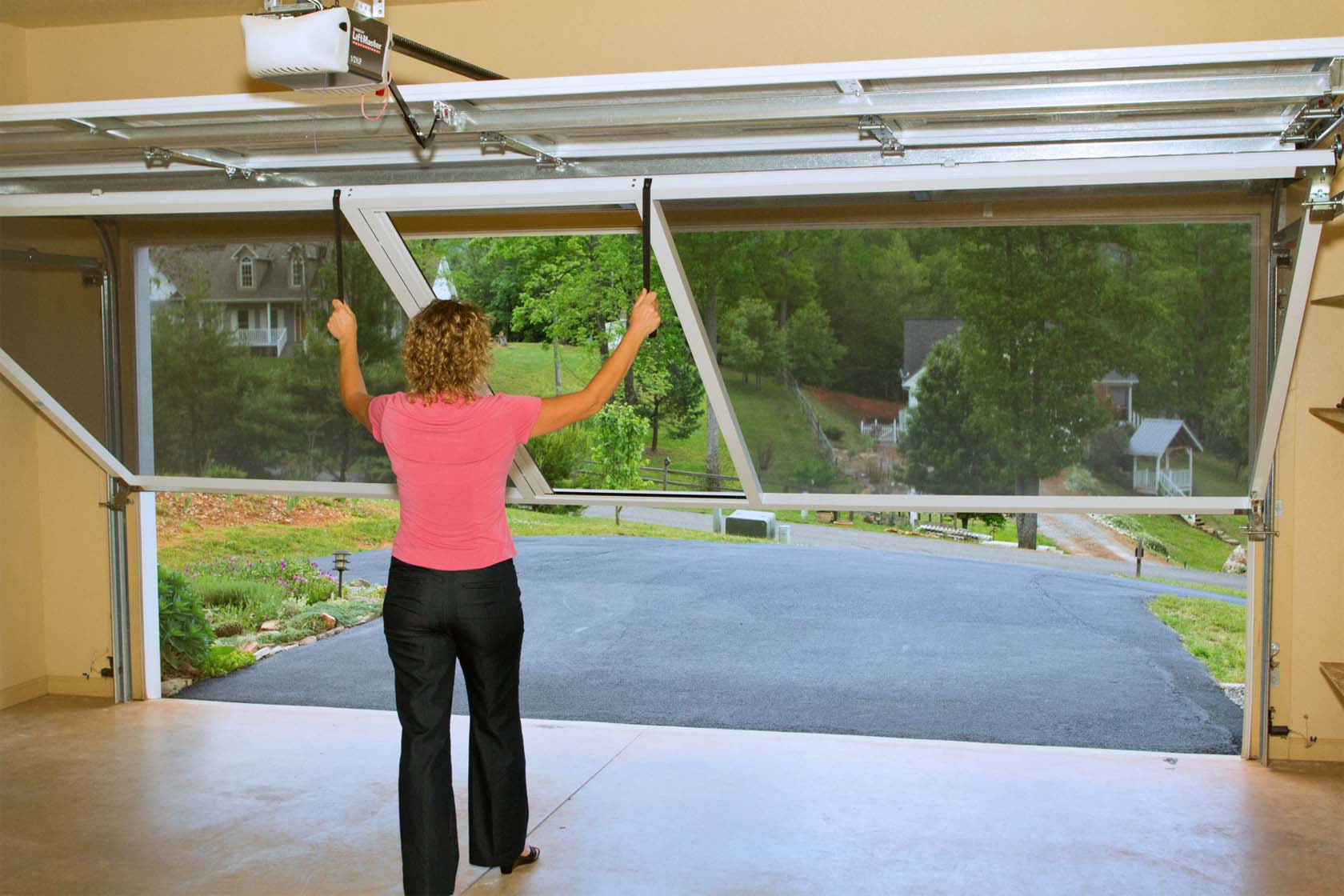
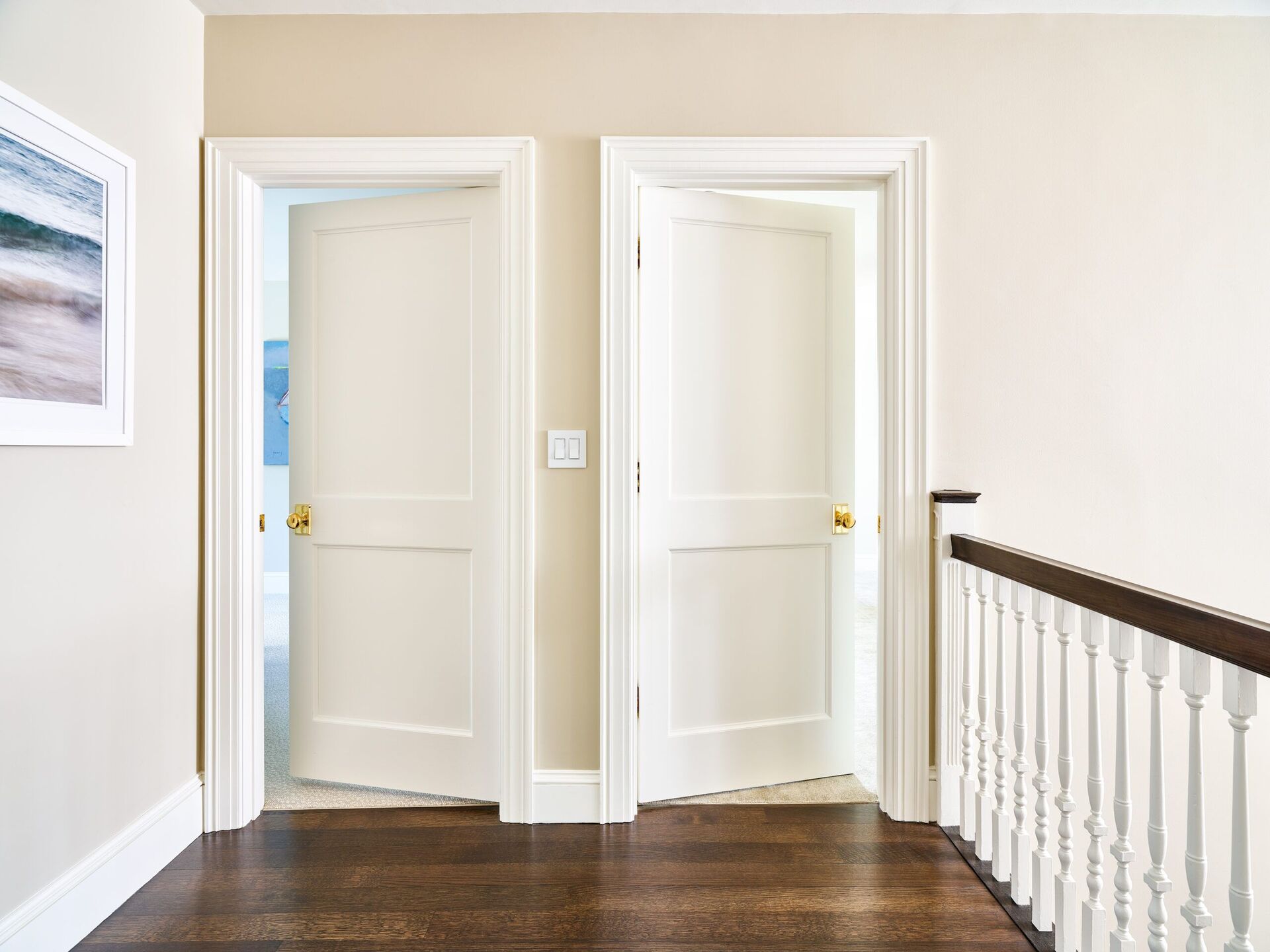
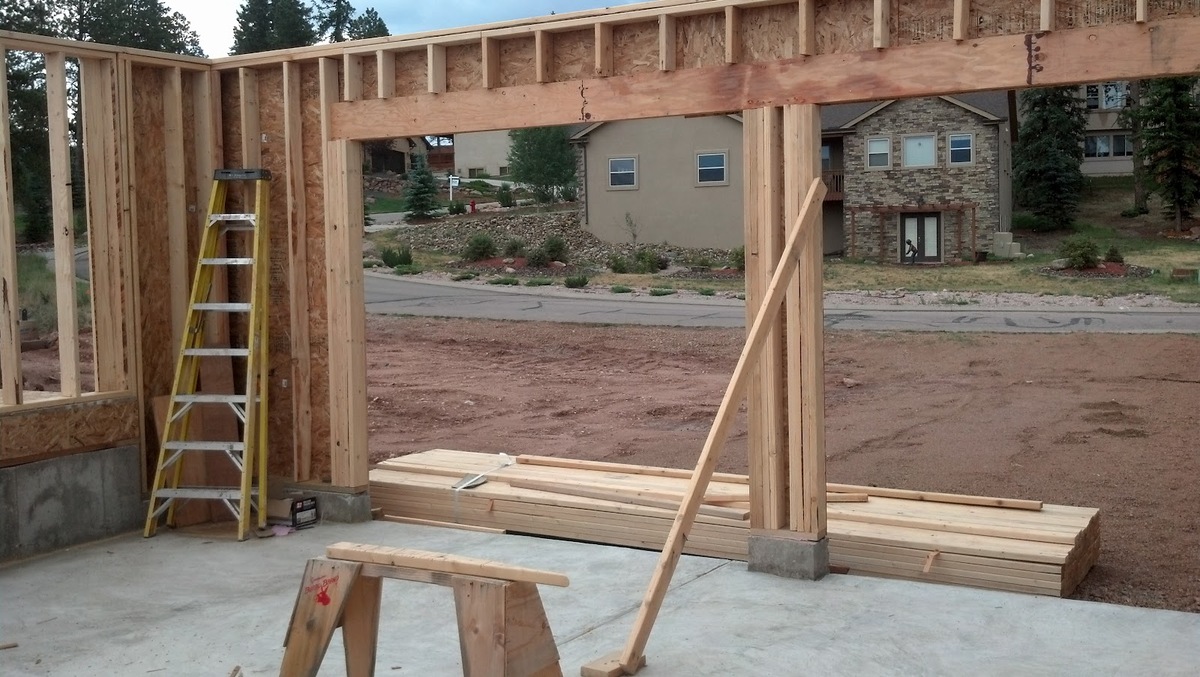
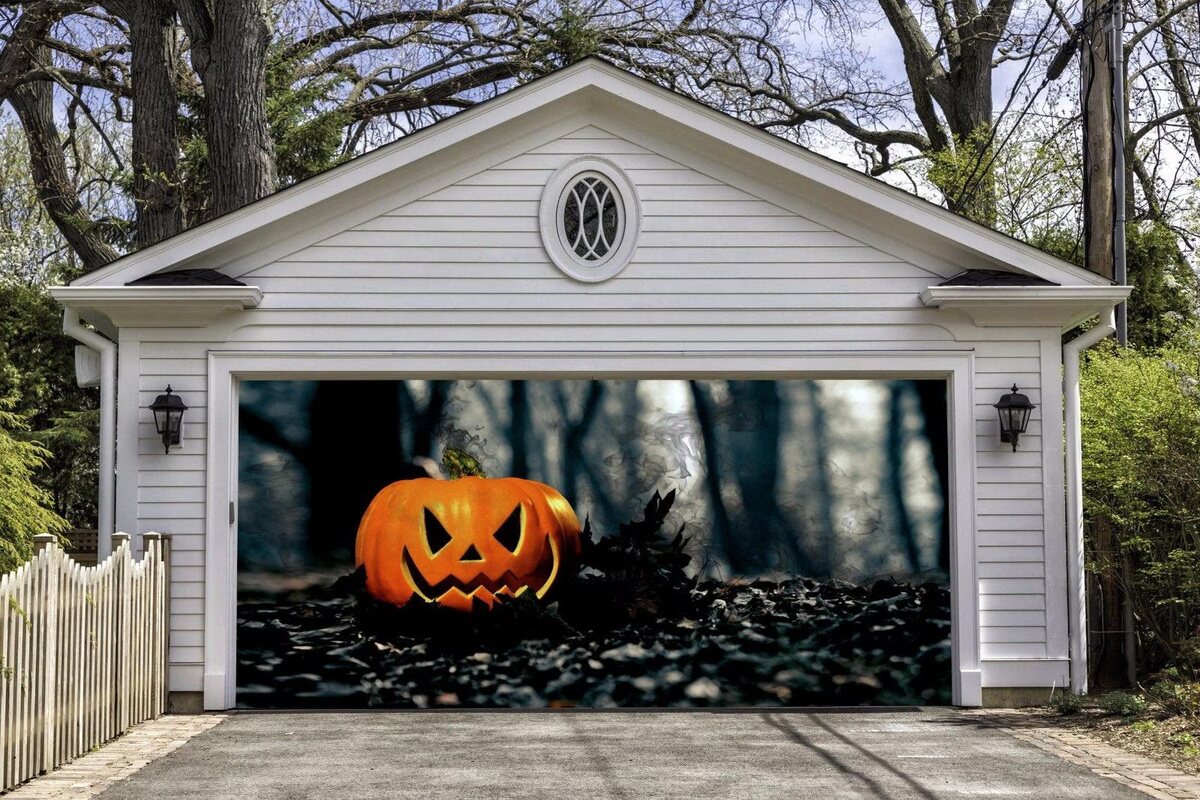
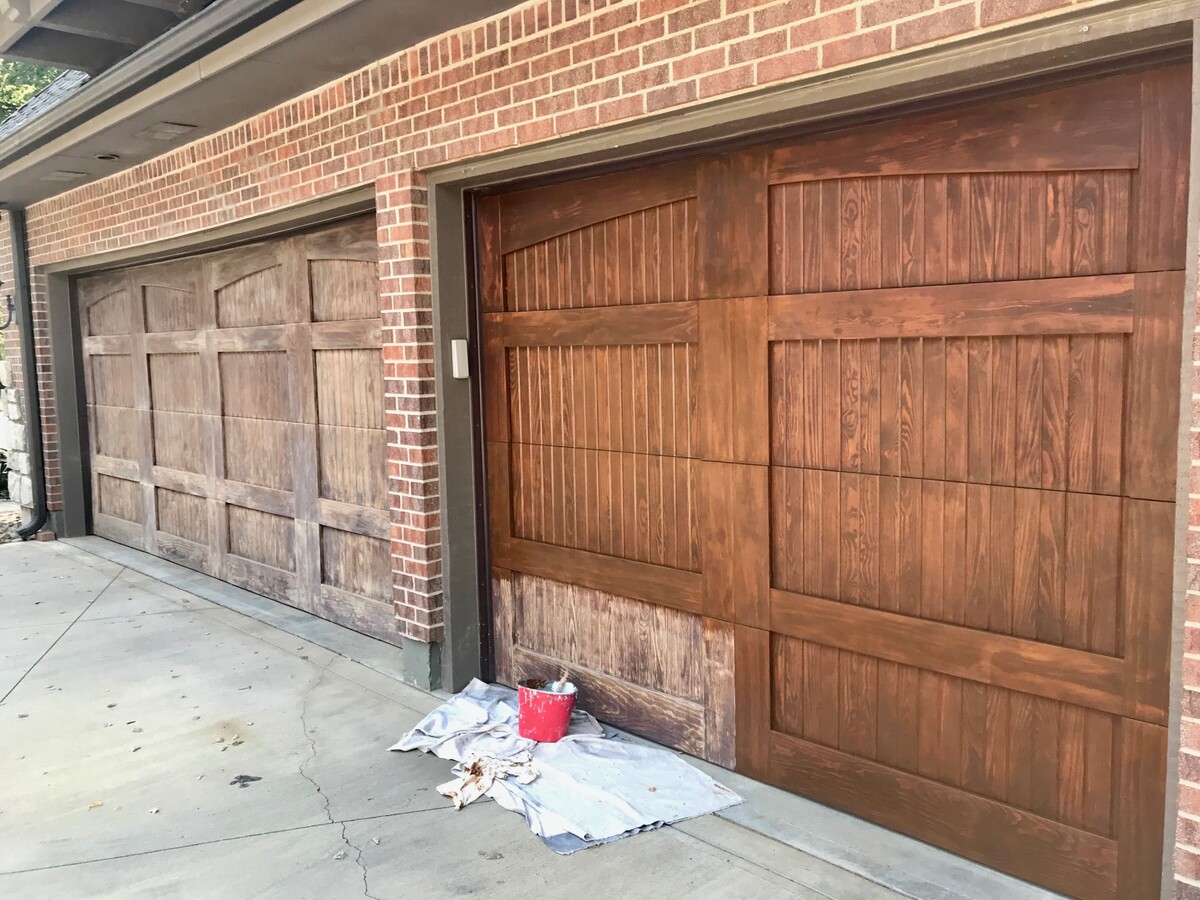
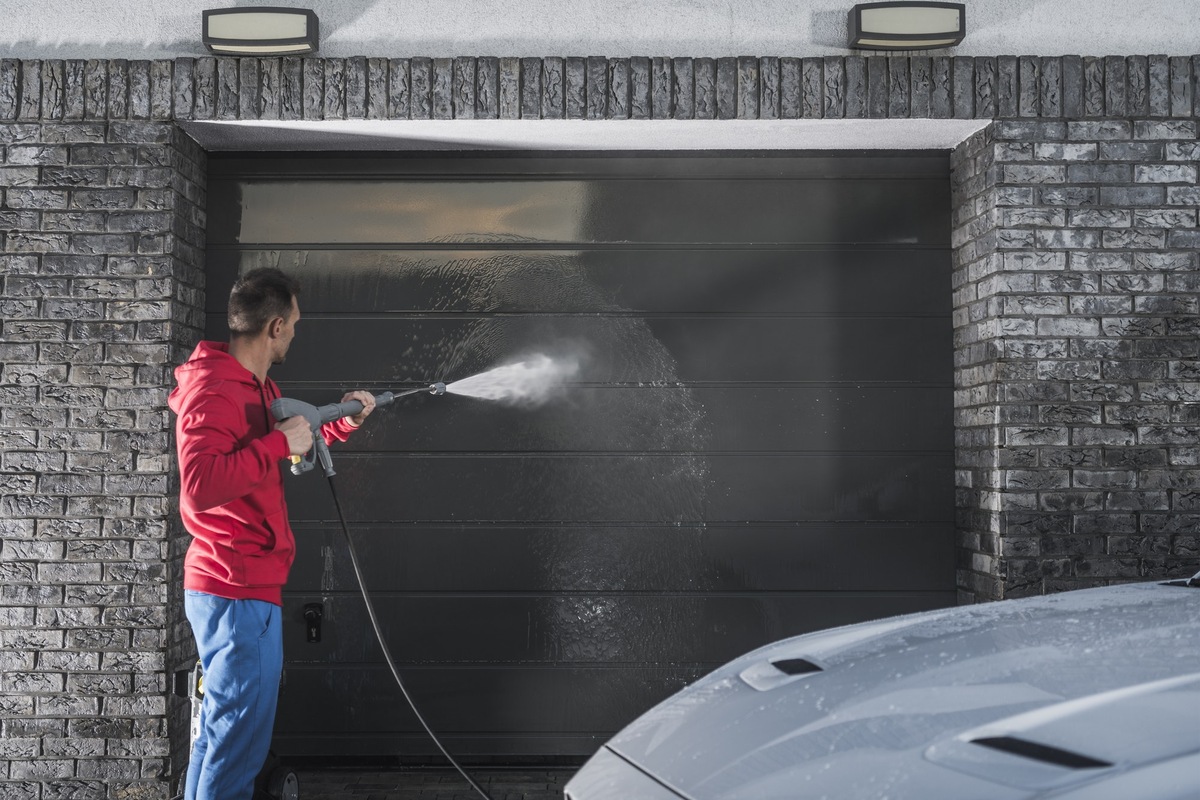
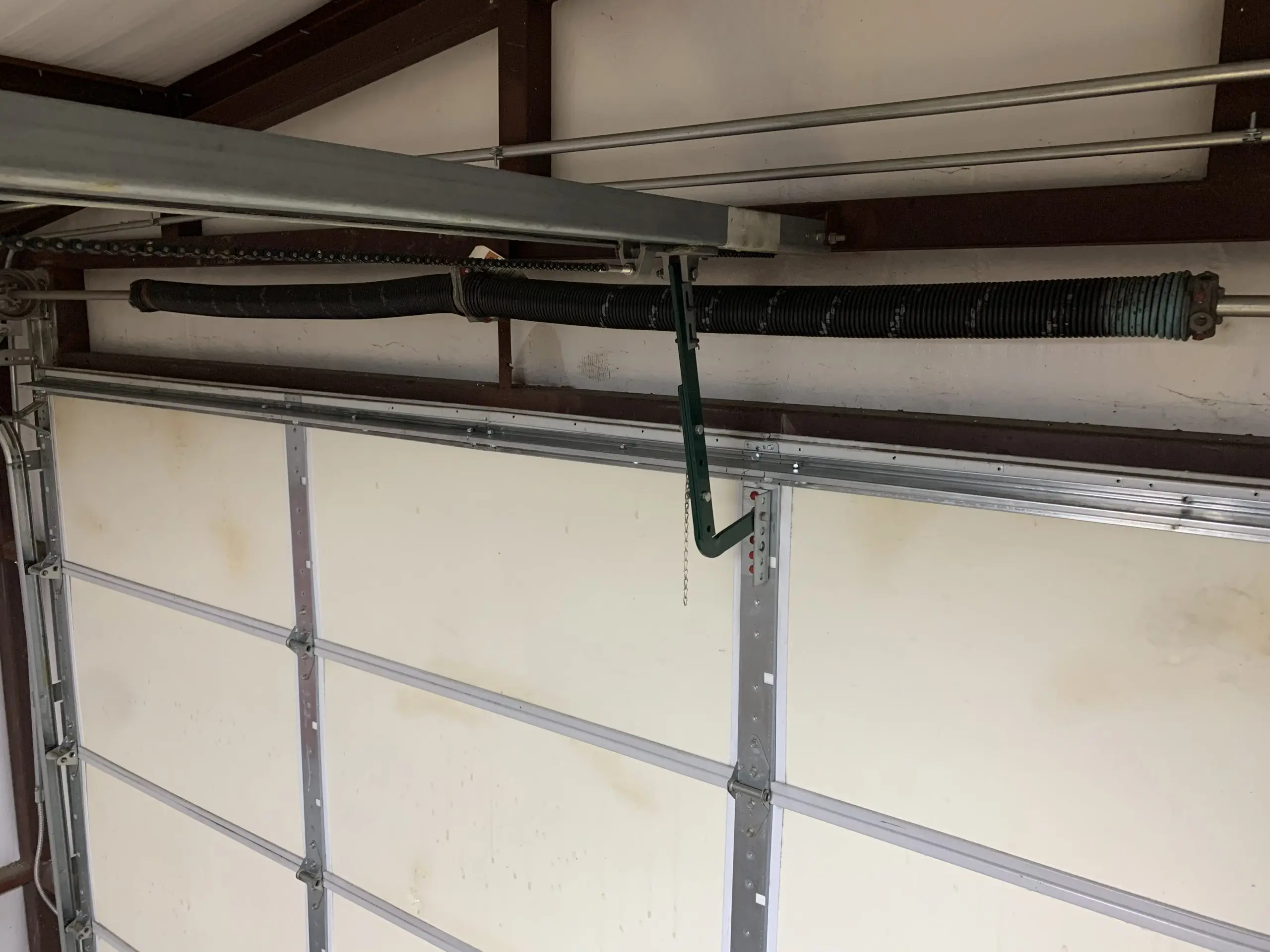

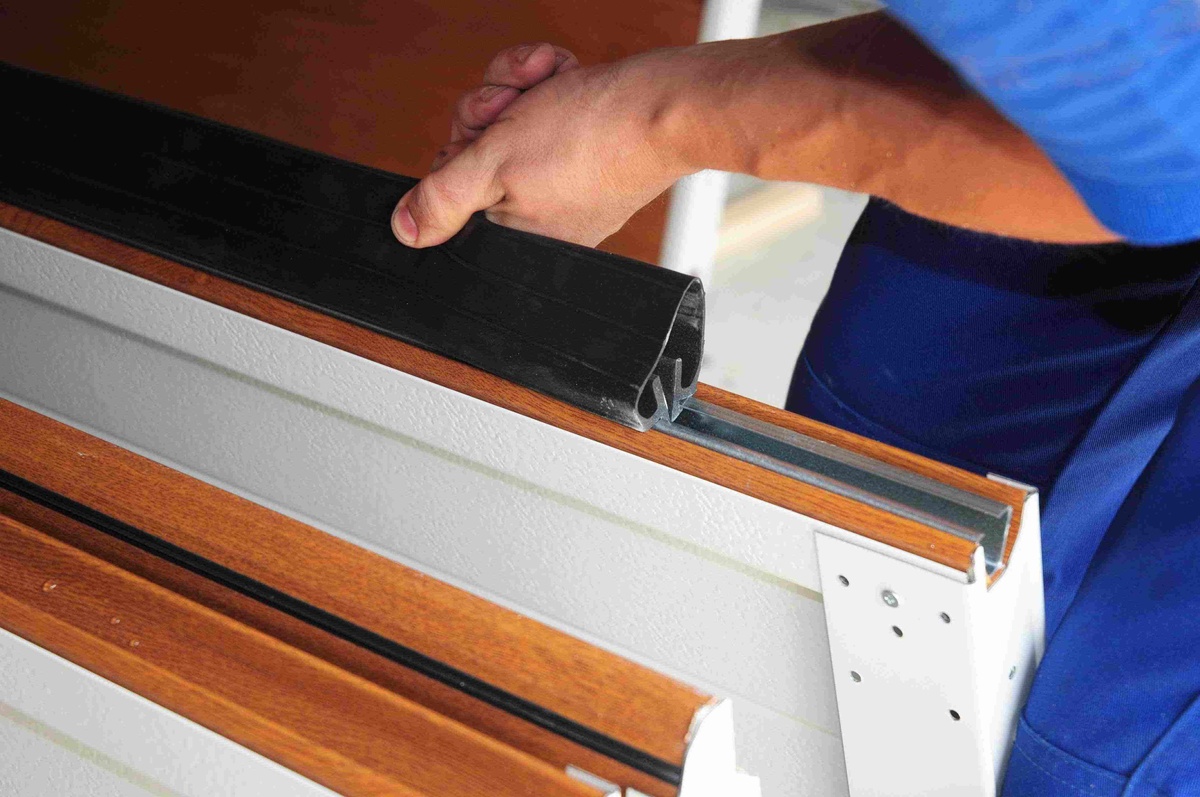
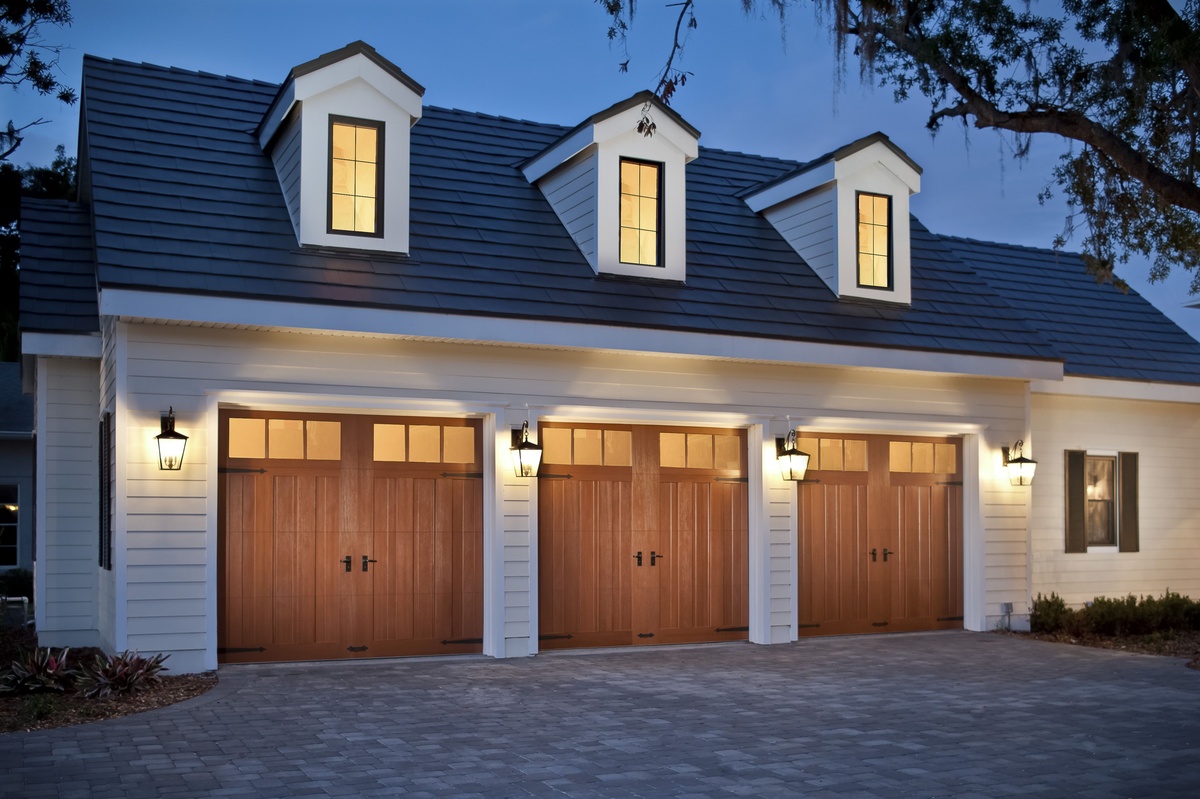
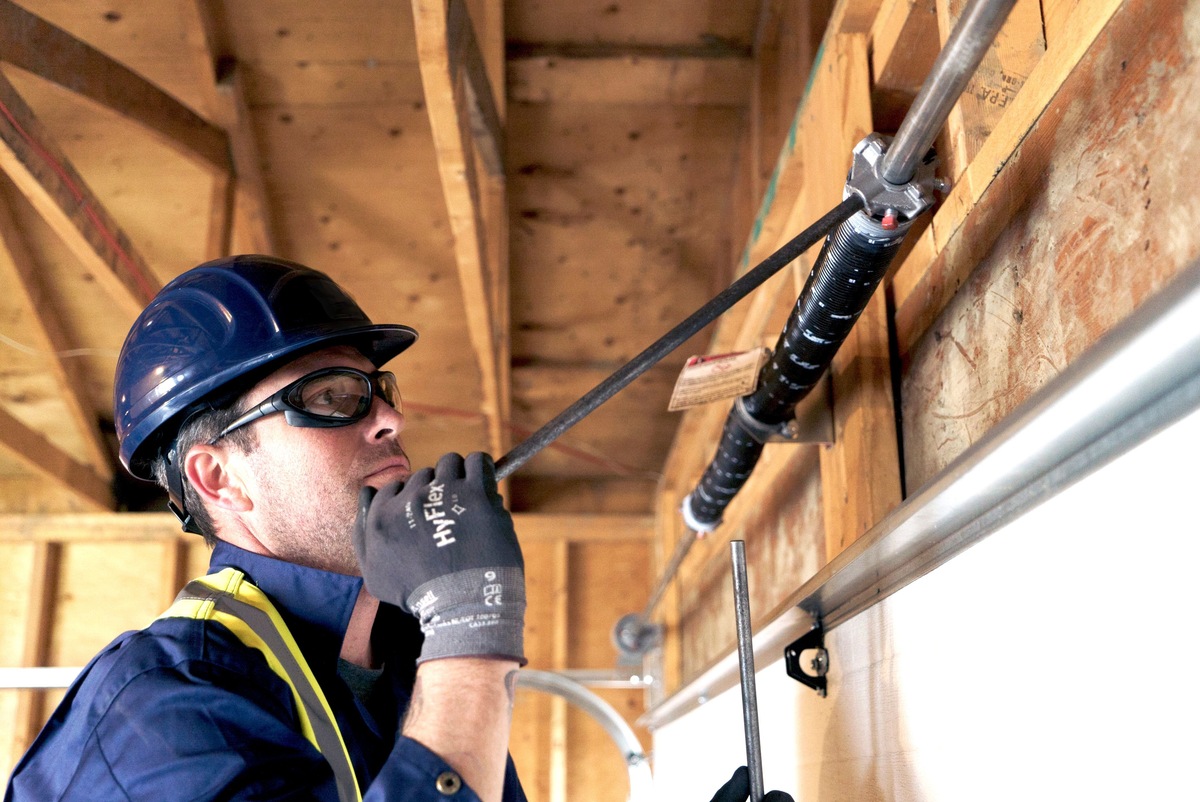
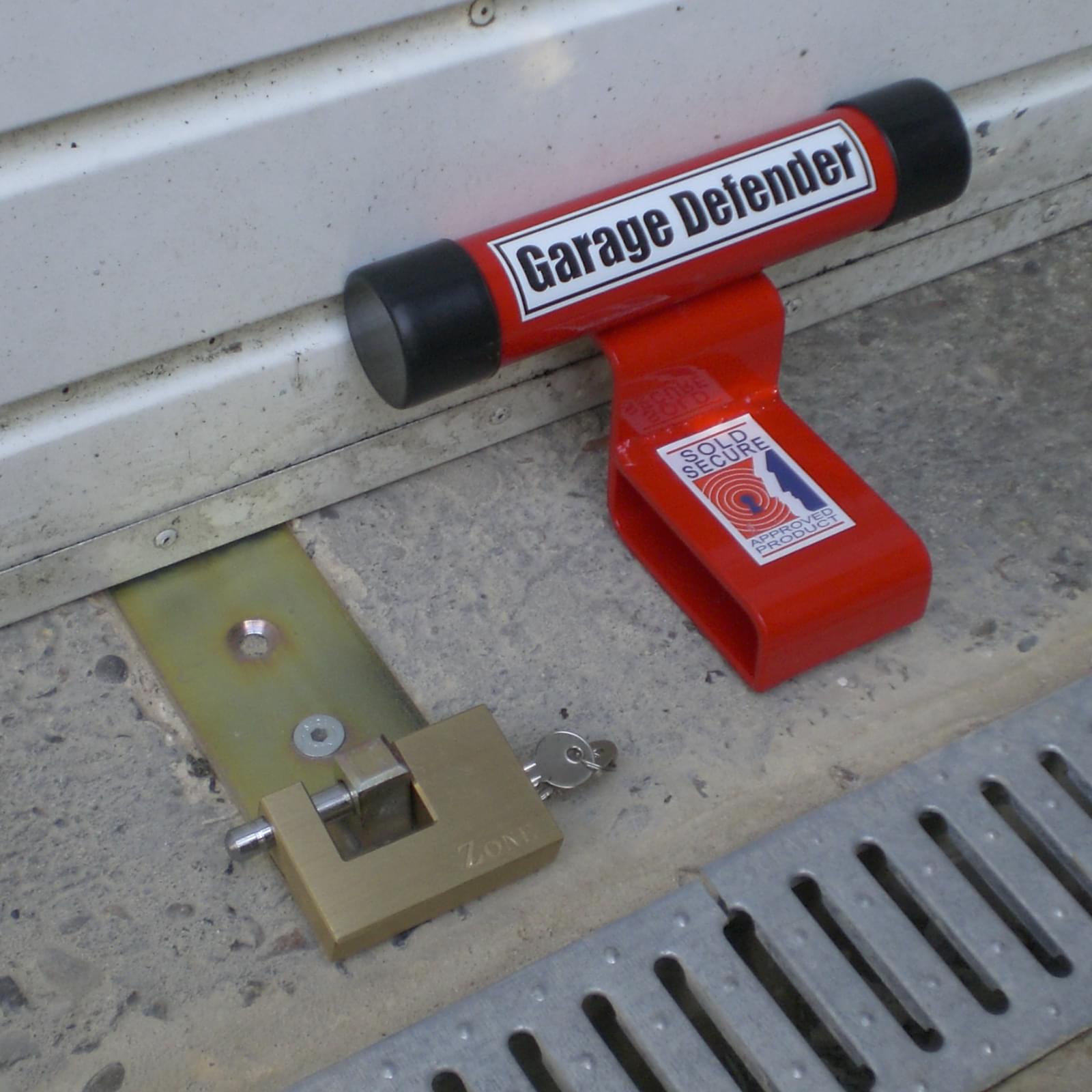
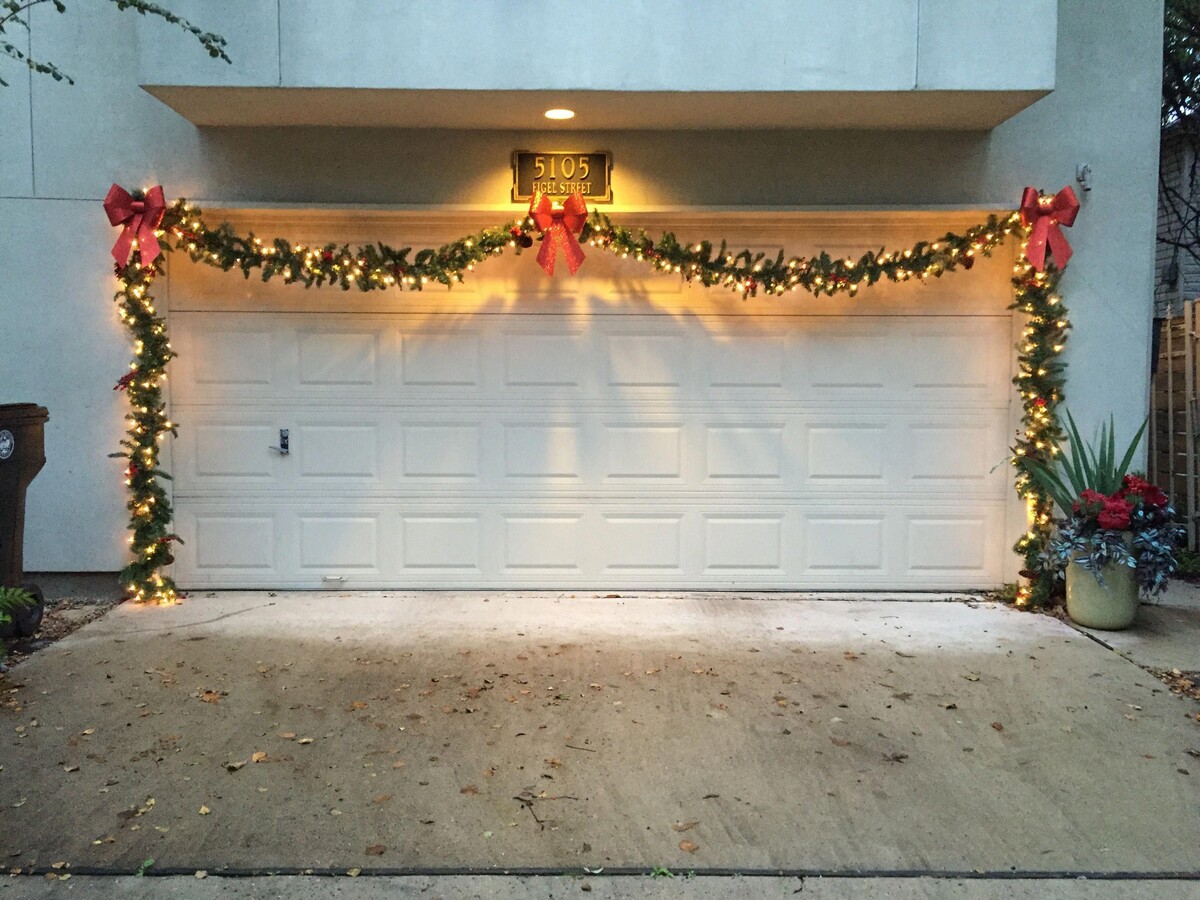
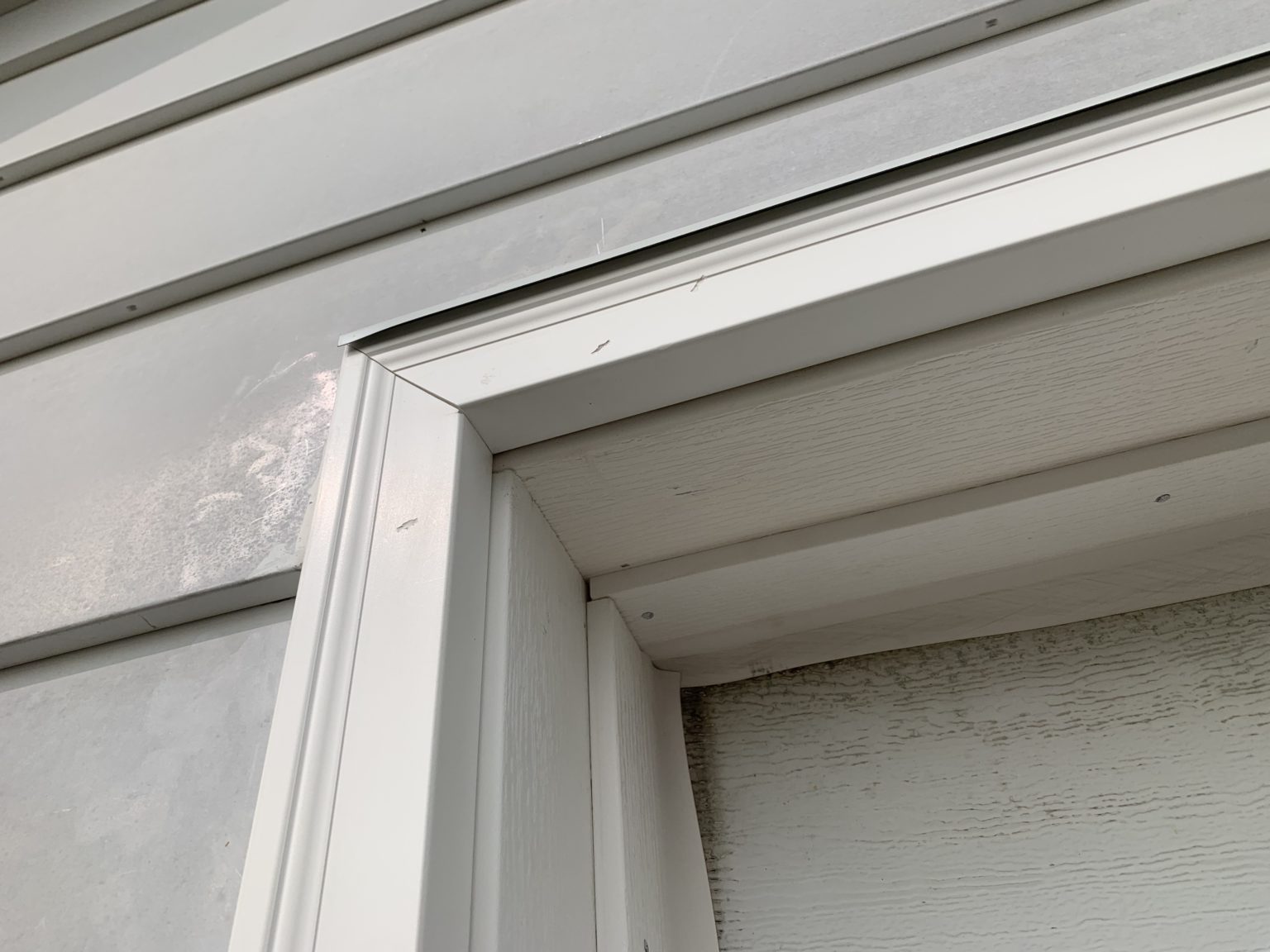

0 thoughts on “How To Soundproof A Garage Door”